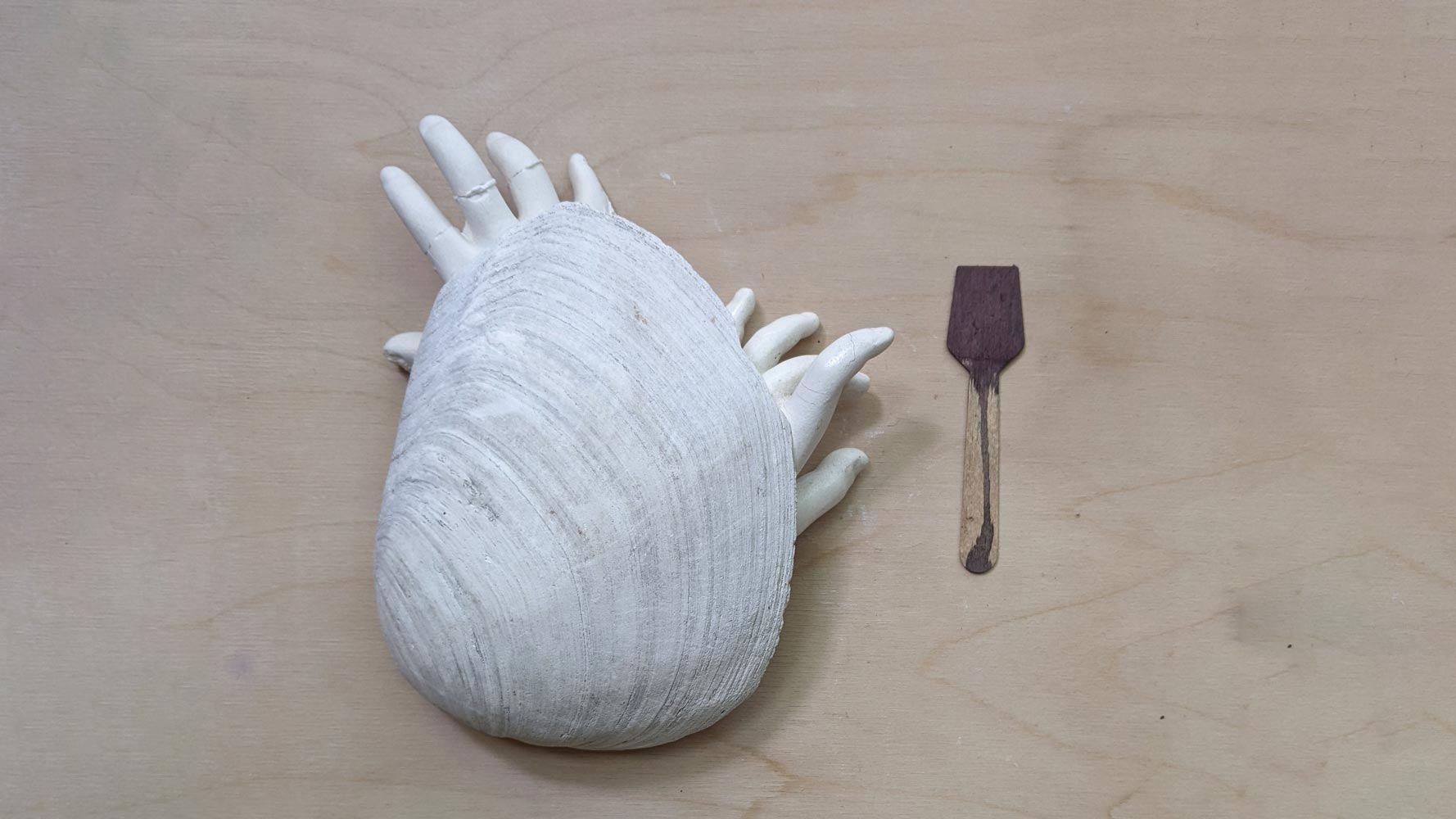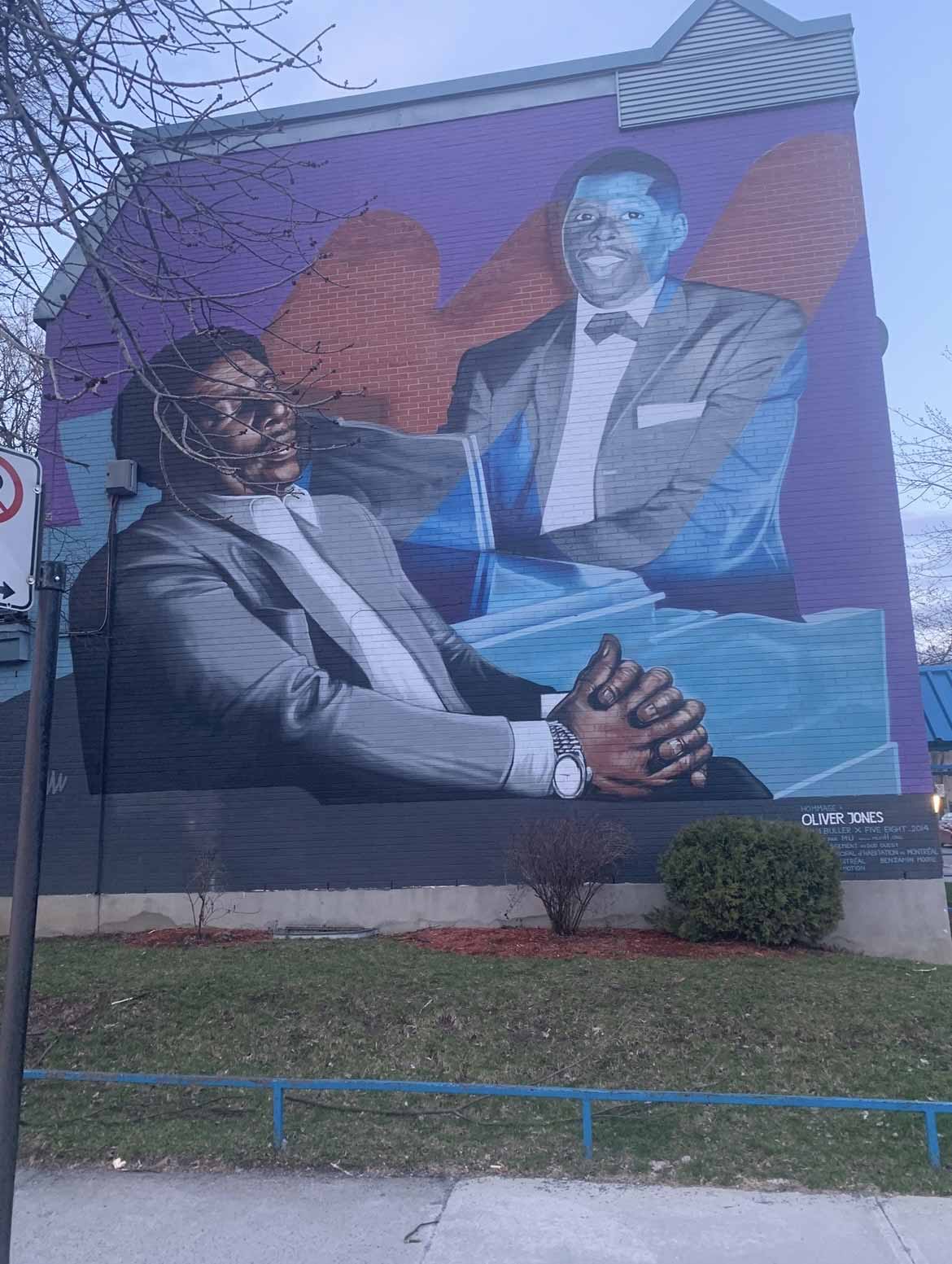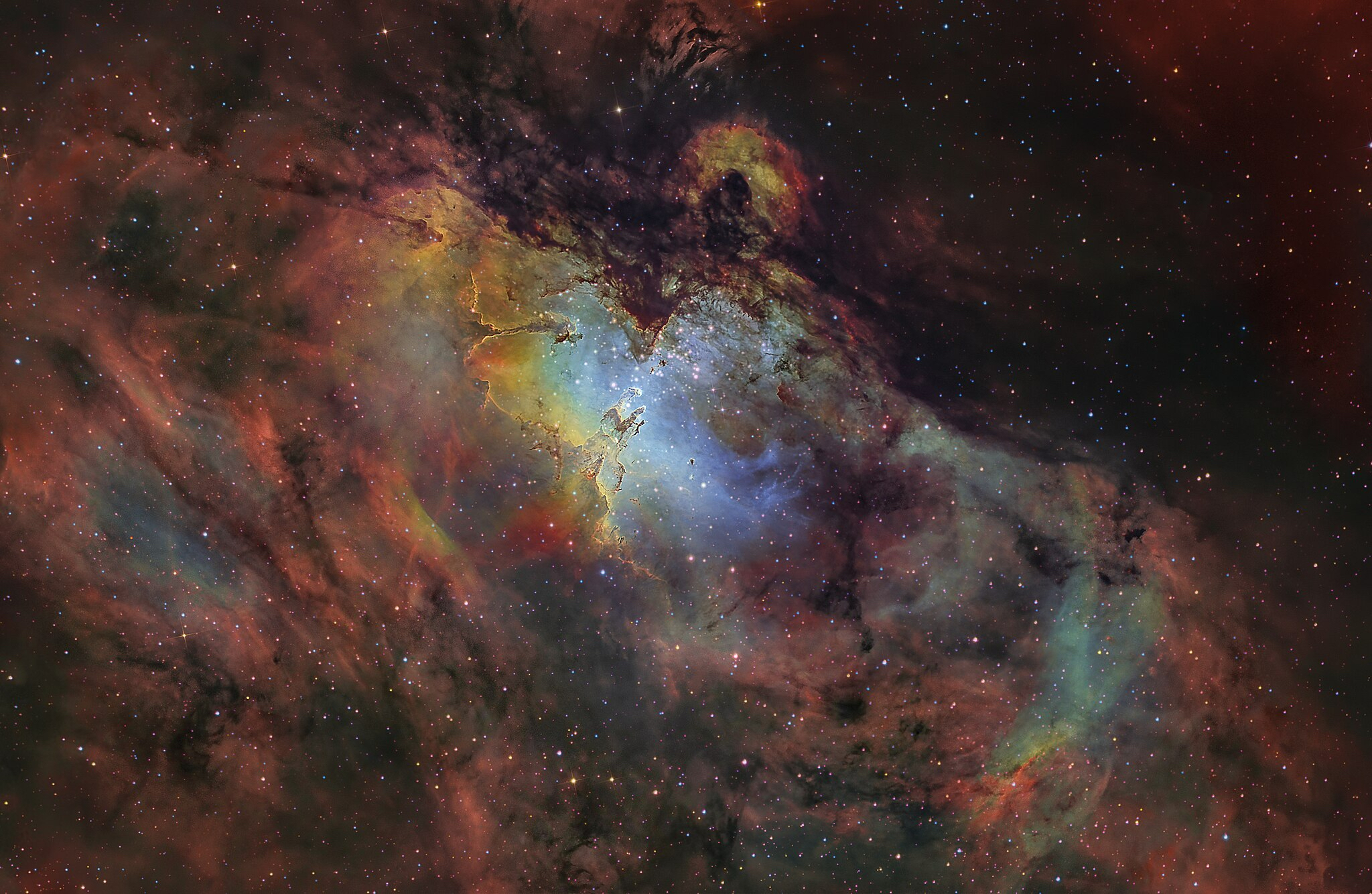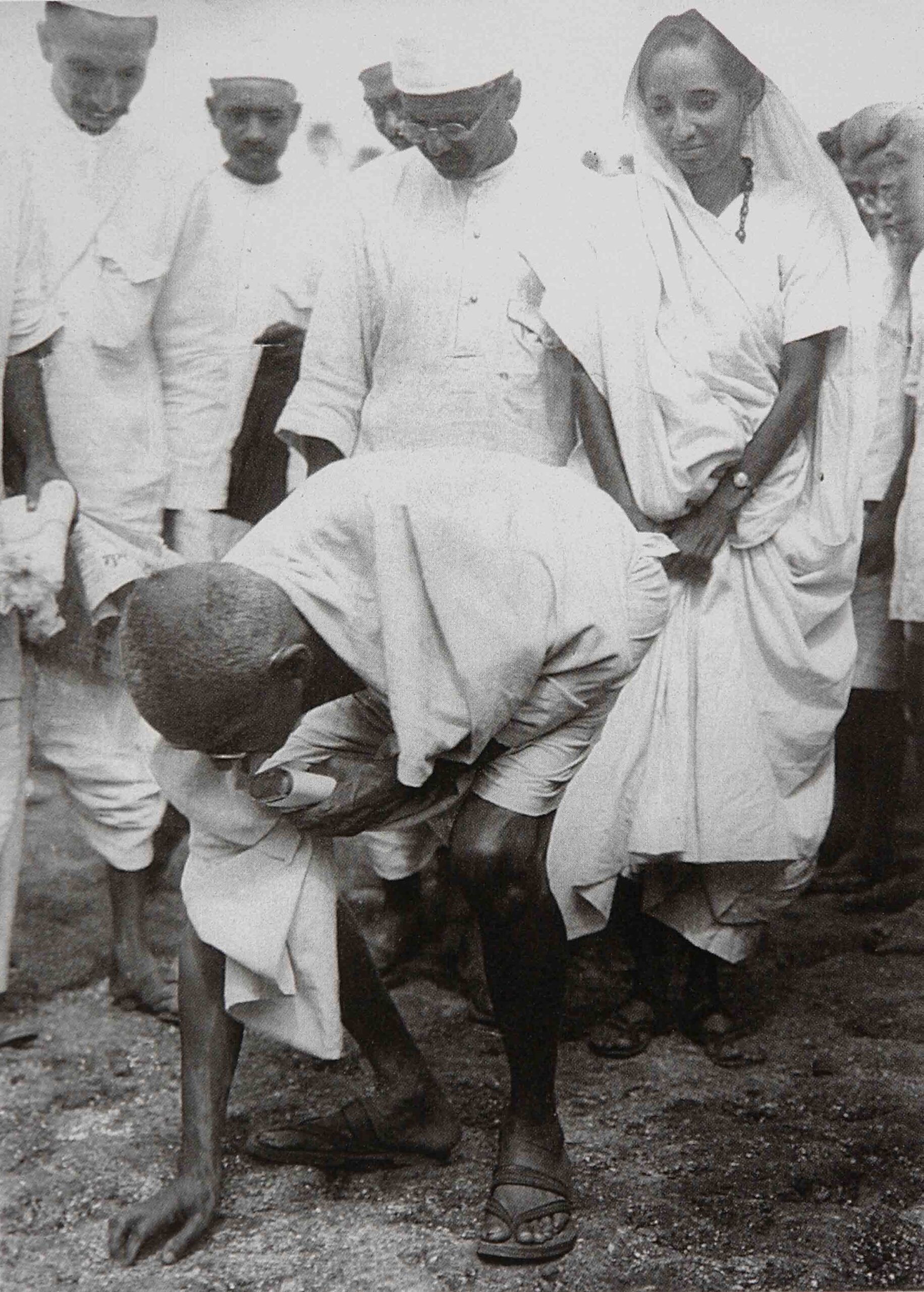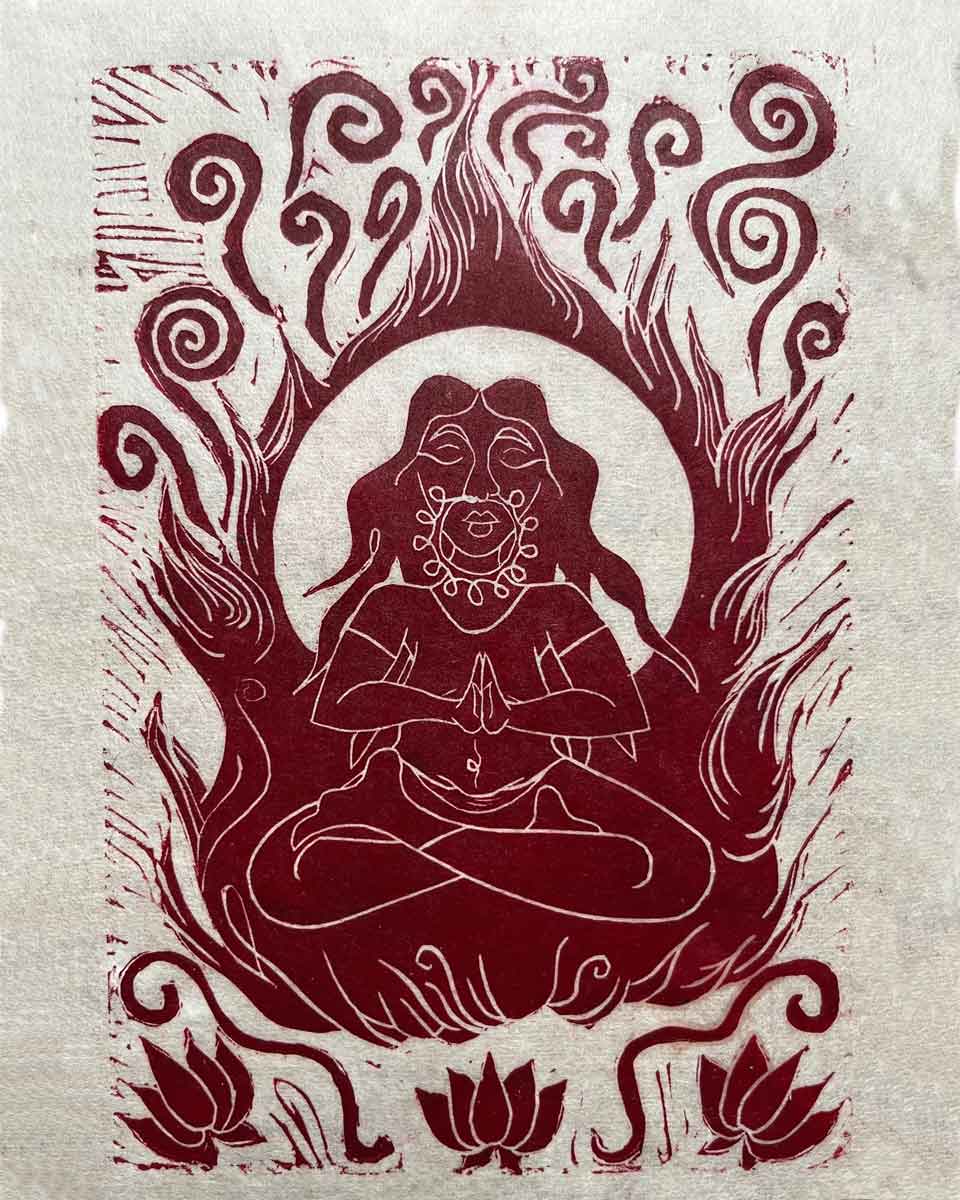One reason to go to medical school can be a letter from a university congratulating you on a successful application, with the suggestion that you bring your thinking cap and your running shoes. So long, Dostoyevsky; hello… Galen, Harvey, and Ignaz Semmelweis. The latter gentleman lost his marbles after a long and fruitless quarrel with the German medical establishment regarding the need for handwashing after dissecting cadavers before delivering babies!
Medical science is bewilderingly vast and one is humbled by the ingenuity and dedication of the people who built this knowledge. Why see doctors? Because they are freighted with this knowledge. Cheer them up; their heads are full of science, and they have long days.
And so they are very relieved to know that artists are likewise suffering, hammering away at the coalface of their inspiration. If an artist should blunder into my office, I would show no empathy lest I relieve his/her distress and thus enfeeble her/his ardour. Out of their mighty struggles come the wonderful fruits that taste so good, with some cheese and wine. I have no trouble with washing my hands.
Matthew Arnold, 19th-century English poet and cultural critic, watched with shock and awe as science eroded the wonderful complacencies of faith and Empire. Many years ago – too many to count – he described European culture as “the braiding of two strands, of sweetness and of light:” sweetness from Greco-Roman sources, viz. drama, poetry, myth, philosophy – and light, viz. the Testaments, Old and New. So… ethics, the deep moral sinew in culture, on the one hand, and the world of the imagination, on the other. He complained that rather a little more sweetness and a little less light would have been nice. Deep moral sinew is very much like crabgrass in that it is difficult to extirpate.
And so art, with its fumbling intuitions, is all we’ve got to see our way forward. The new problem is glut; everybody thinks they can write. Shucks! Even I thinks I can write. And clearly, the world is top-heavy with the self-referential… case in point! So we know whence; and now must tackle whither. Howsoever and wherefore await a different interrogation.
To arms, dear reader, and not now… yesterday! To the barricades! and let every encounter be a barricade. Two parts science, three parts art – stir, knead, mangle. Einstein said something very trenchant and amusing about this matter, but I cannot exactly recall his words. Perhaps you remember and should insert them at this point. He played an expert amateur violin and thought that if not a scientist, he might have been a professional musician. He had no use for the ukulele.
Where was I?
Oh yes…
Perhaps scientific understanding and artistic imagining are different aspects of the same impulse. And humanity’s great understanders and imaginers are inspired from similar sources. We are the astoundingly rich legatees of a cornucopia of invention and creation, but… now… hearing our mothers calling that it is time to come in to supper, we intend to stay out just a little longer, to watch as dusk falls.
In 1900 Svante Arrhenius, a Swedish physicist, established that carbon dioxide emitted by burning fossil fuels would function as a greenhouse gas, heating earth’s atmosphere. He believed that this would prevent another Ice Age and thus benefit the earth’s living populations. He was right about the heating, but wrong about its consequences.
Only our scientists can recalculate and institute the necessary steps to be taken now. Only our artists can take us by the hand, children that we are, to bring us to the place where we commit ourselves to these changes. Each one of us a scientist; each one of us an artist.

